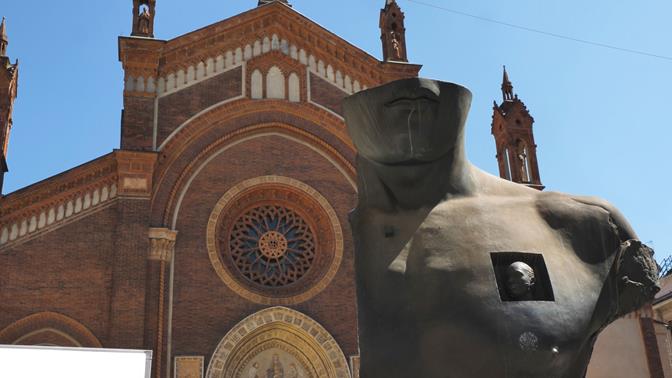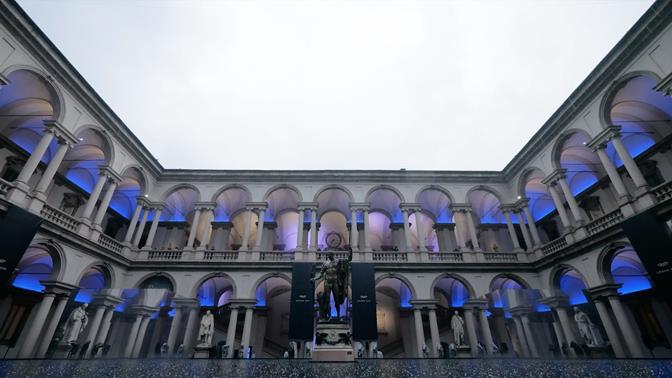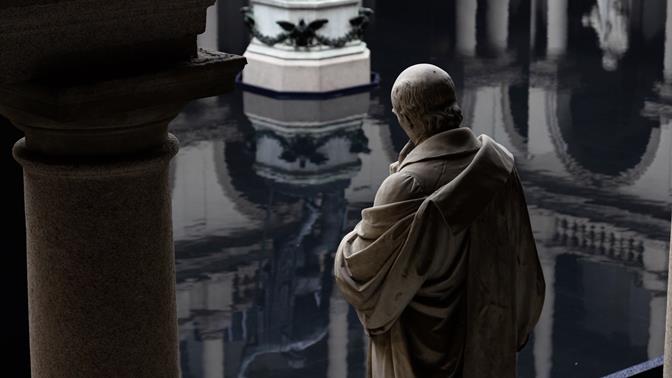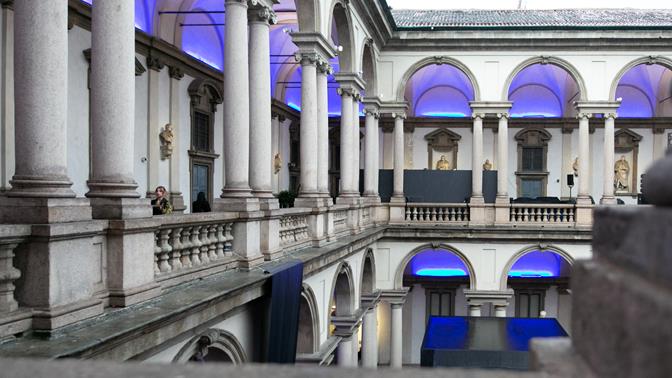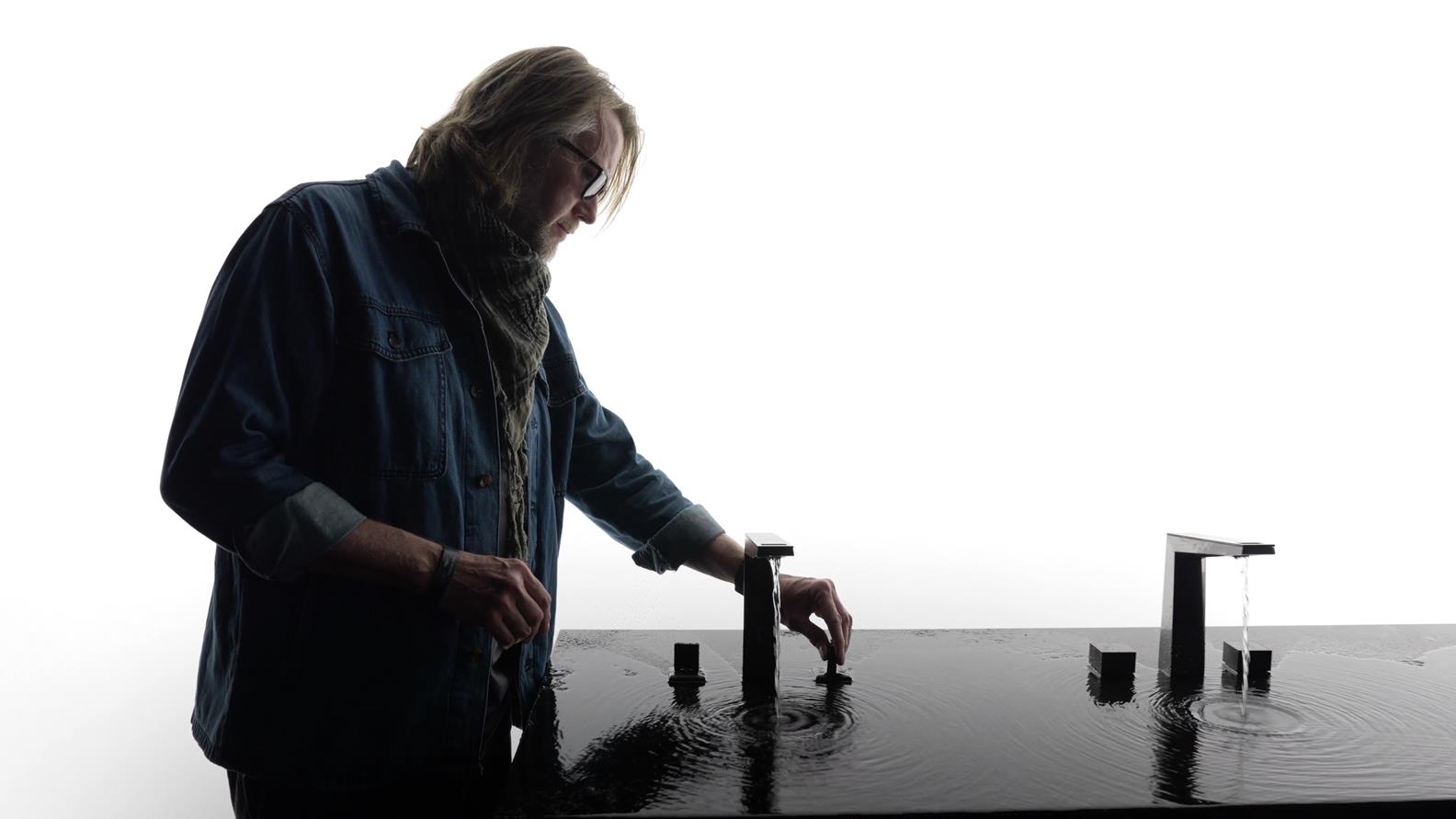
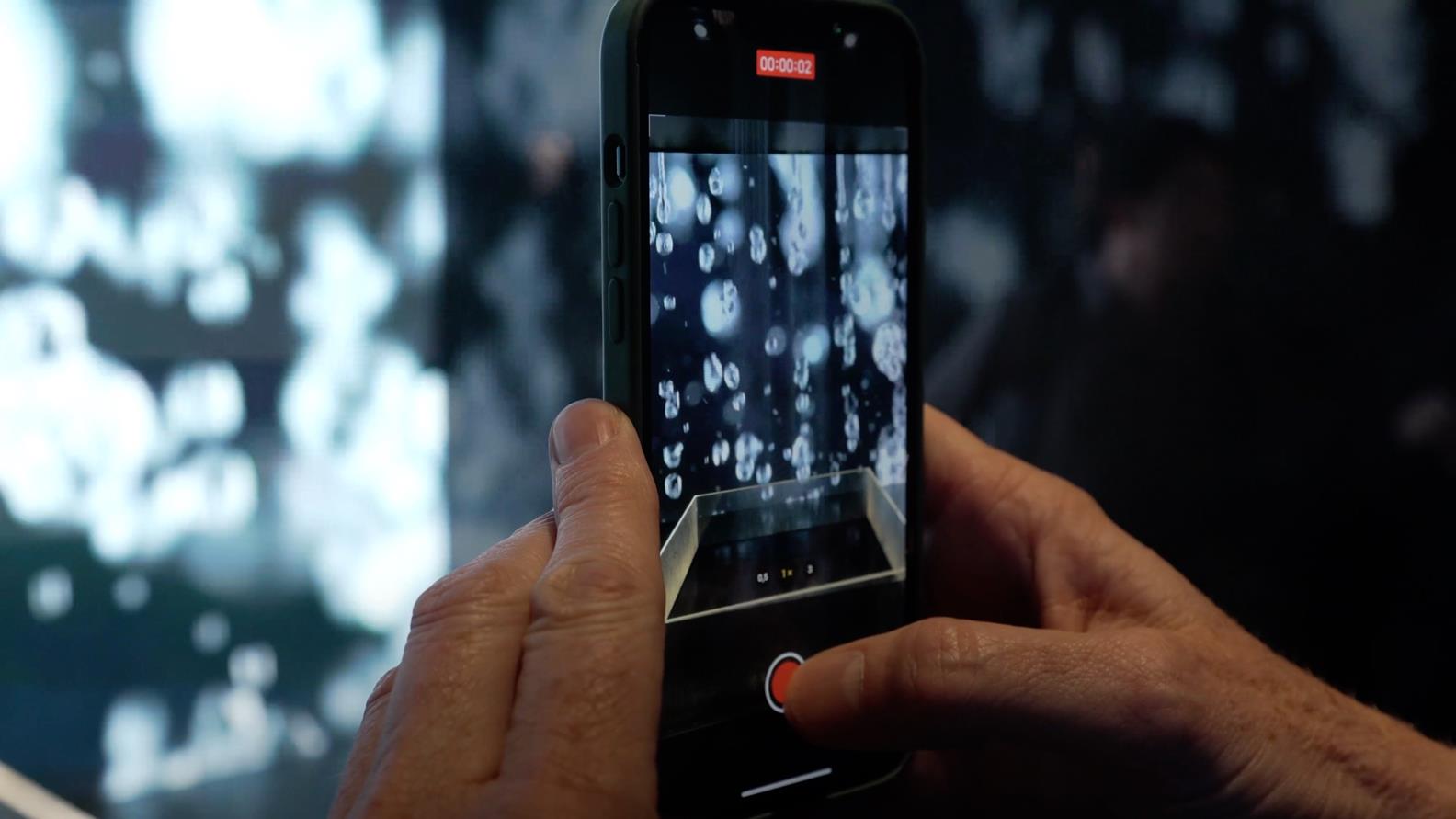
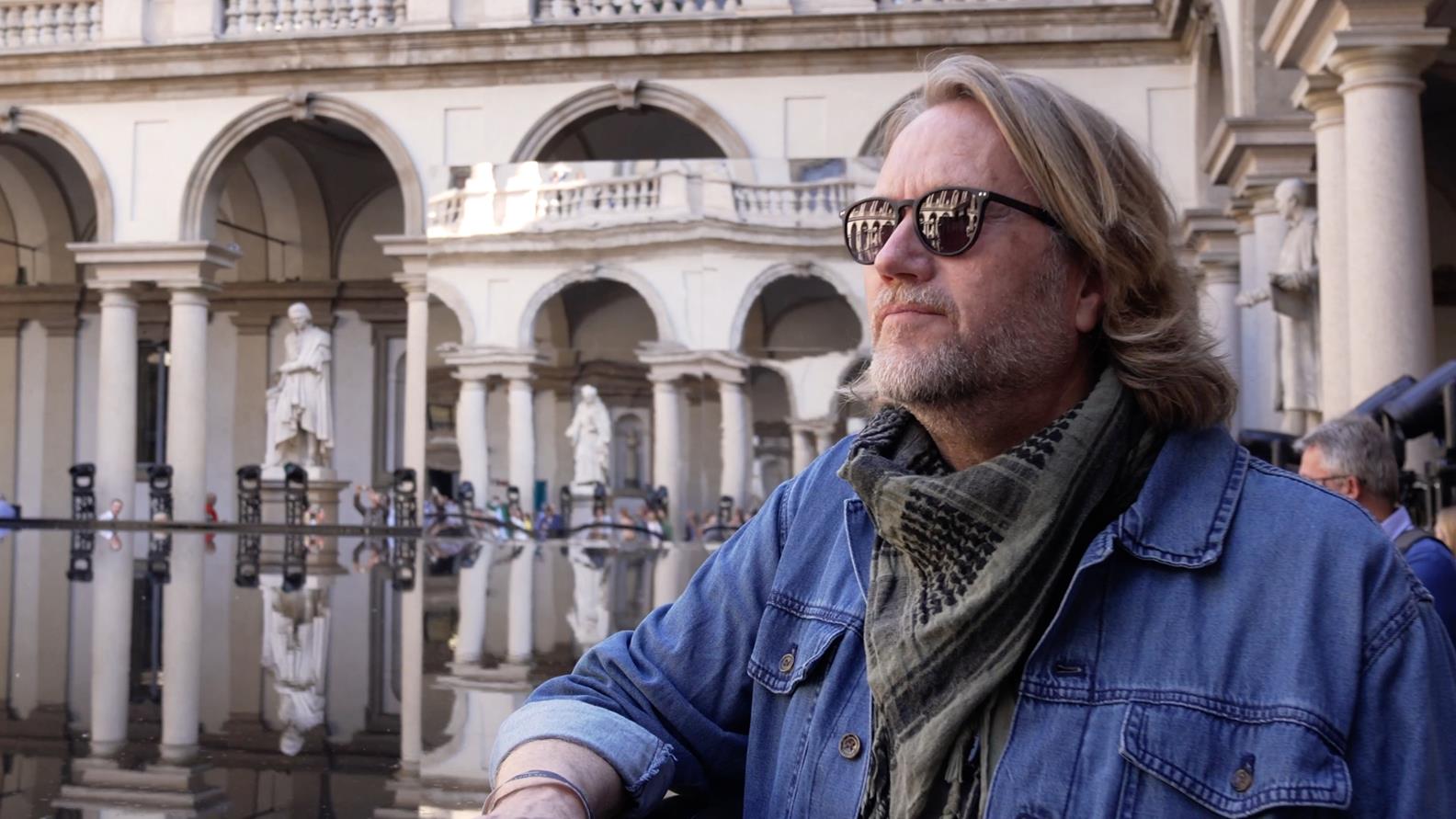
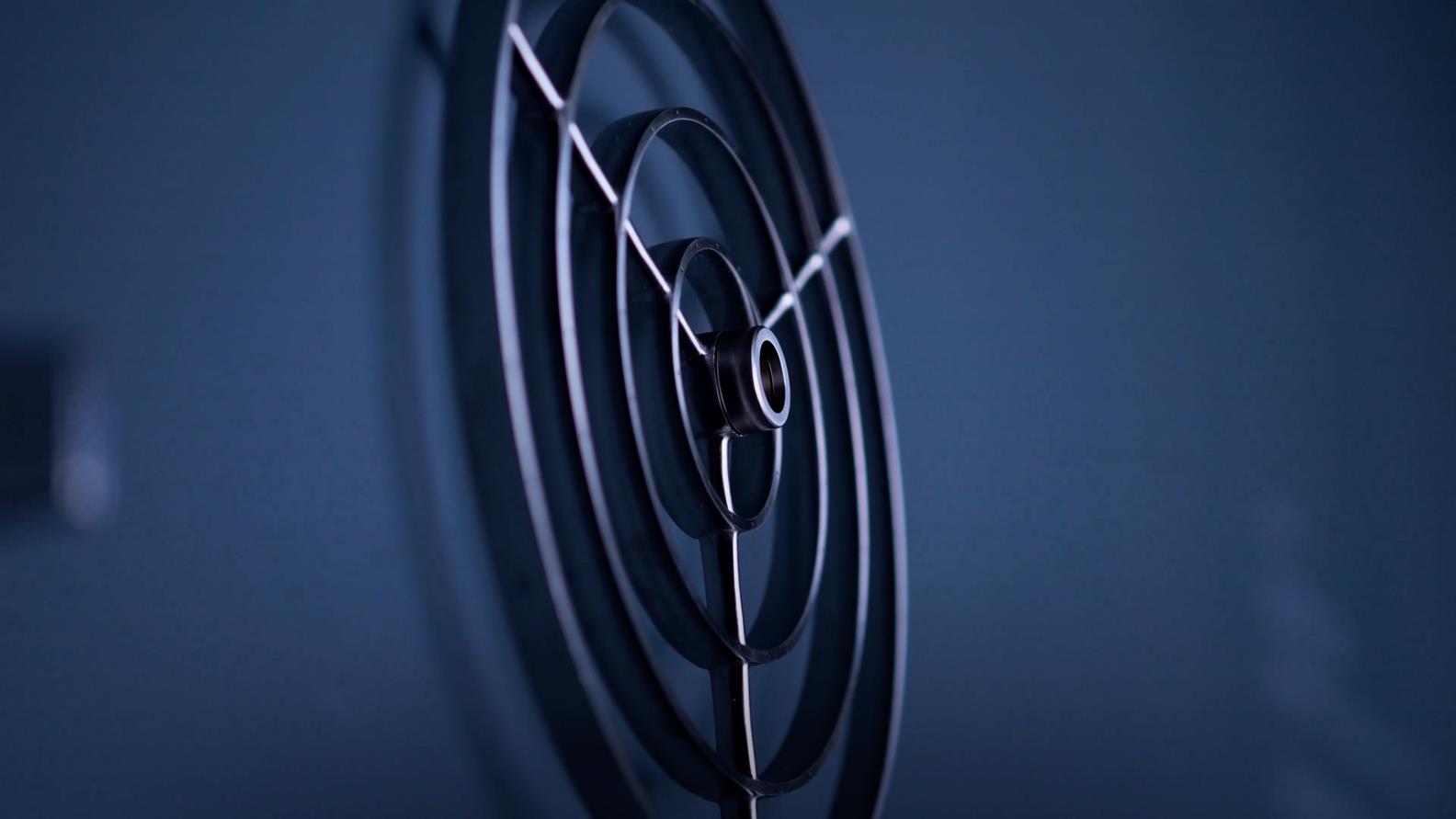
The New Wave at Milan Design Week
Erik Nissen Johansen – Are you experienced?
Erik Nissen Johansen started Stylt in Gothenburg, Sweden, in 1988 as an unconventional art collective. He says he was inspired by the Renaissance ideals of creativity, innovation and cross-border collaboration. He himself is certainly something of a Renaissance man, in that he excels simultaneously in a number of fields and sees no need to restrict his creativity to one in particular. Stylt today is a multi-award-winning branding and design agency that works in the hospitality and experience industry. Its clients include mainly hotels and restaurants, but they will take on projects in property development, offices and co-working spaces, themed attractions, resorts and destinations. The goal for Erik and Stylt is always to create extraordinary guest experiences.
Erik was educated in Florence, Italy, at the Istituto per l’Arte e per il Restauro. So you can see where his affection for the ideas of the Renaissance comes from. Milan is less well known as a cradle of the Renaissance – it is at least as famous for its more recent cultural achievements. But Milan was home to the great Sforza and Borromeo family dynasties, whose military, political and commercial achievements, as well as their extensive patronage of the arts, rivalled anything that came out of Florence or Rome. The famous navigli, the city’s canal system that links it to the Po river and the Alpine lakes to the north, were designed by no less an engineer than Leonardo da Vinci, whose restored masterpiece The Last Supper hangs in the chapel of Santa Maria delle Grazie. We hope that Eric feels at home here.
A short walk from where we meet Erik at the Pinacoteca di Brera is one of the Sforza family’s great achievements, the Castello Sforzesco; stroll in the opposite direction and you’ll soon encounter the magnificent Duomo. We are in the middle of one of the world’s great art and design centres. The long, deep history of creativity that has taken place here since time immemorial instils these streets and facades with an energy and vitality. Everything here is a design statement. The presence of so many carefully thought-out objects, from the very small to the very large, creates an ambience where one is in constant communication with one’s surroundings. It will be interesting to know what Erik makes of it all, including our launch event, which brings together many of the elements that Erik likes to weave into his projects. Like Erik we have the goal of creating a memorable experience for the user, something more individual and personal than one might expect from a design object, similar in fact to the feeling one hopes for from a work of art.
We also want to talk about with Erik is his take on the experience economy. He was one of the first design entrepreneurs to bring his concept to a mainstream audience, more than twenty years ago. So he was more than prescient, visionary even, in observing the focus shift from the object of desire, which had been the driver of the twentieth century consumer economy, to something less tangible, but perhaps more lasting and ultimately more real.

